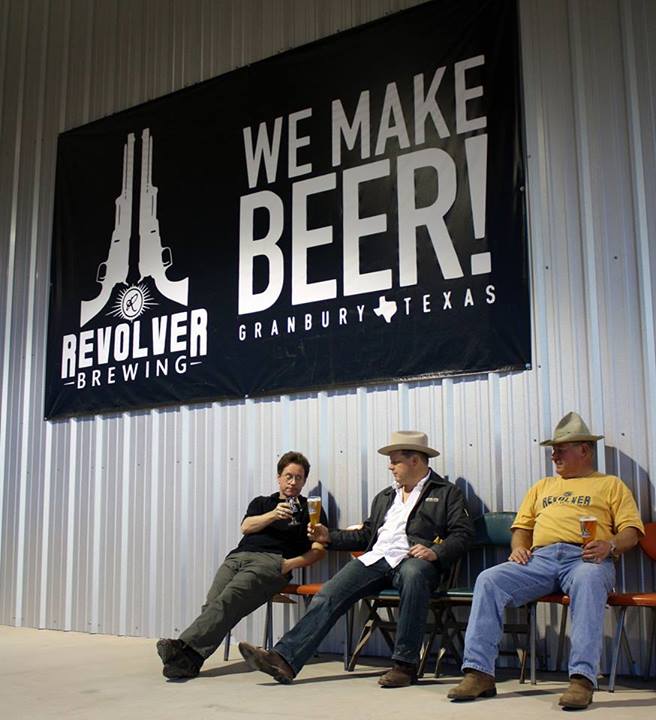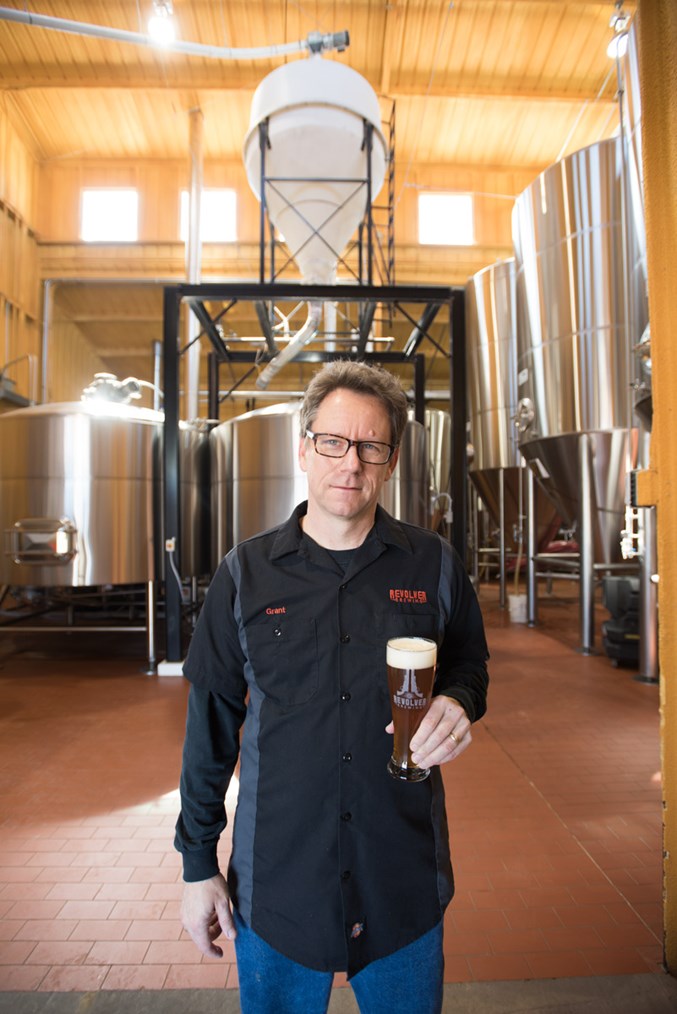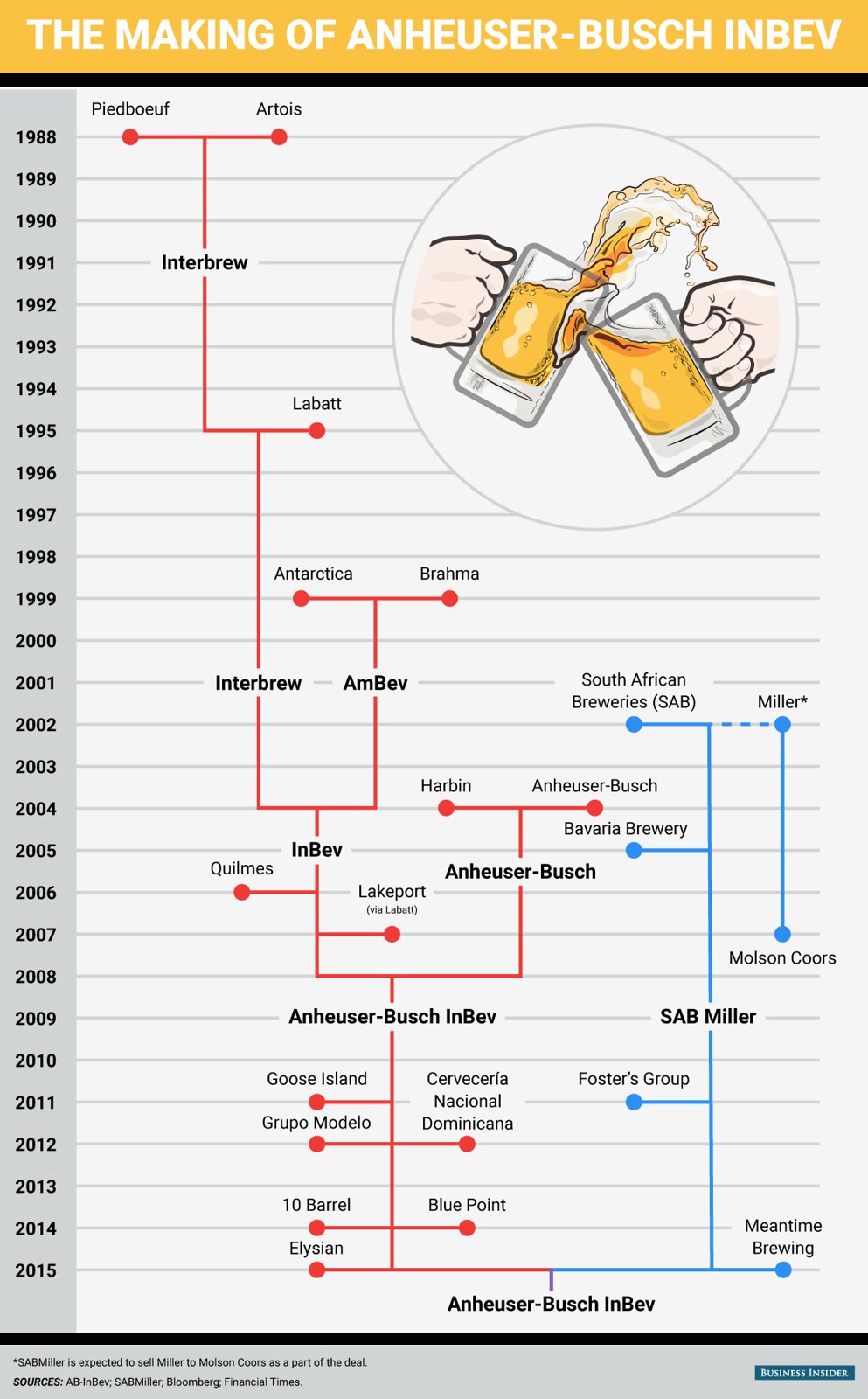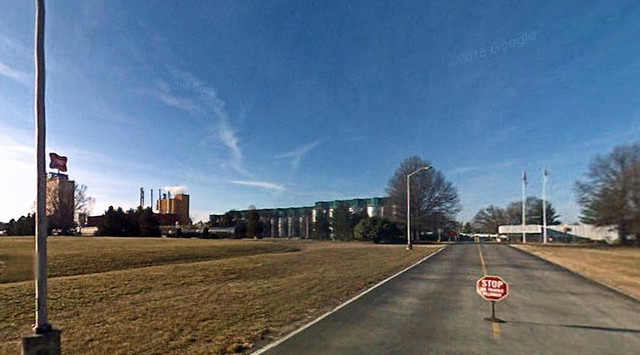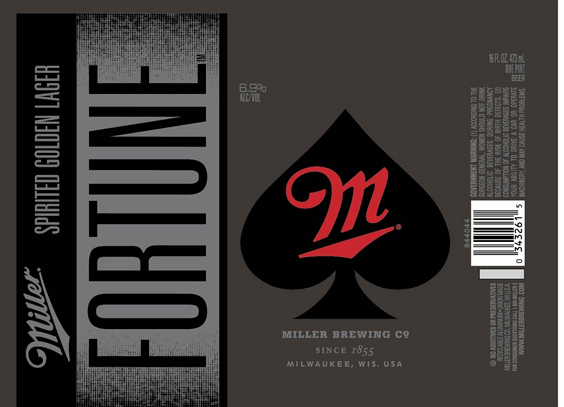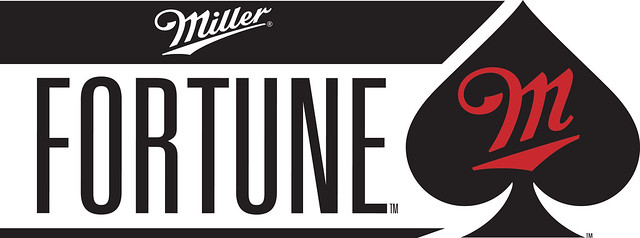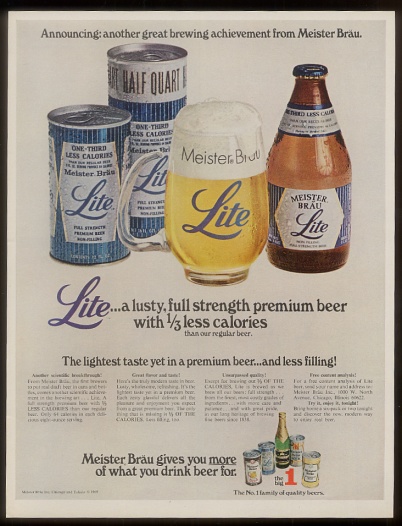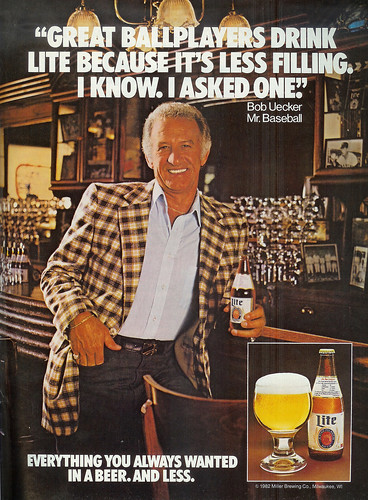
Today in 2012, US Patent WO 2012122019 A1 was issued, an invention of Dennis Dolan, assigned to MillerCoors, for his “Barley Cultivar Moravian 115.”

Moravian barley in Colorado.
Here’s the Abstract:
A barley cultivar, designated MV115, is disclosed. MV115 is a high yield, lodging resistant cultivar with exceptional malting characteristics particularly useful in the brewing industry. The disclosure relates to seeds, plants, and to methods for producing a barley plant produced by crossing barley cultivar MV115 with itself or another barley variety. Methods for producing a barley plant containing in its genetic material one or more transgenes are disclosed. Barley varieties or breeding varieties, plant parts, methods for producing other barley varieties, lines or plant parts, and to the barley plants, varieties, and their parts derived from the use of those methods are disclosed. The disclosure further relates to hybrid barley seeds and plants produced by crossing bariey cultivar MV115 with another barley cultivar. Methods for developing other barley varieties or breeding lines derived from variety MV115 including cell and tissue culture, haploid systems, mutagenesis, and transgenic derived lines are disclosed.

Last year, I visited Coors’ barley fields in a valley in Colorado, where local farmers grow Moravian barley for them.


